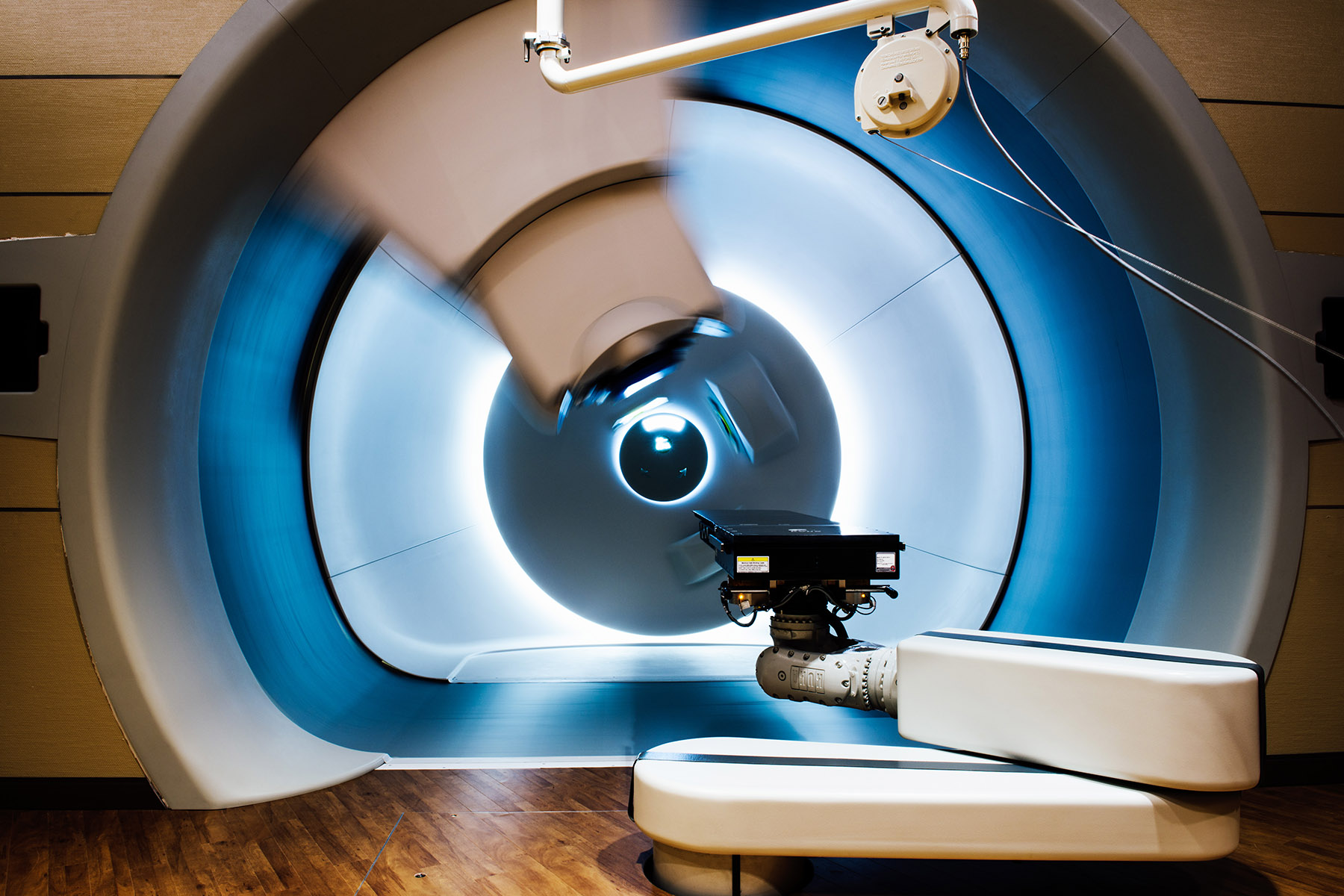For five years, North Texas has had an advantage in the fight against cancer by having Texas Center for Proton Therapy in its own backyard. It’s the first proton therapy center in Dallas-Fort Worth and the most technologically advanced in the state and region. Proton therapy delivers targeted radiation to tumors, guided by the center’s advanced, state-of-the-art accurate imaging equipment. The 63,000-square-foot facility, located in Irving/Las Colinas, is one of approximately 35 proton therapy treatment centers in operation in the United States and is the first stand-alone LEED-Certified proton therapy center in the country.
The center’s medical director, Dr. Andrew Lee, is a leading innovator and pioneer in proton therapy and says now that the center is reaching its fifth anniversary, he and his colleagues remain proud of the positive impact it has made on people’s lives. “We have accomplished one of our goals, which was to improve the overall level of cancer care for Dallas-Fort Worth patients, and we have done this through a combination of technological advances, hard work, and gaining expertise on how to better utilize the technology we have,” he says. For instance, the center is the only one in Texas with three pencil-beam scanning proton machines and the only center with the ability to do volumetric on-board cone-beam CT imaging when a patient is on the treatment table.
“One of things I am most proud of is our ability to implement new technologies and piece together existing technologies with existing therapies,” Dr. Lee says. “Between our clinicians and dosimetry team and physicists, our team has been
able to come up with creative and robust methods
to treat patients.”
As of September 2020, the center has treated more than 2,000 new patients, and about 17 percent of those have been pediatric patients. About a quarter of that number have been reirradiation cases—primarily people who have received radiation treatment before, but the cancer returned in the same or an adjacent site. According to Dr. Lee, any cancer that requires radiation as a treatment component could likely be treated with proton therapy. “I’m talking head to toe—brain tumors, including difficult-to-treat areas, such as the skull base or behind the eye, and then most cancers of the aerodigestive tract—nose, mouth, throat, esophagus, lungs, and stomach. We have quite a bit of experience treating these areas. We have also treated breast cancer, whether it’s part of breast conservation therapy or after a mastectomy and we need to irradiate the chest wall. Proton therapy is also a good option for patients in need of treatment for adjacent lymph nodes. Any patient who has been told that they need radiation therapy should look into proton therapy as an option for primary treatment or in combination with other therapies.”
Proton therapy may be combined with other treatments, such as chemotherapy and surgery. Proton therapy’s ability to minimize normal tissue exposure may lessen the incremental impact of this part of the overall treatment regimen. Minimizing normal tissue exposure may also increase the patient’s tolerability of other treatment. The team at Texas Center for Proton Therapy believes the goal of proton therapy treatment is not only to rid patients of their cancer, but to maximize their quality of life during their treatment and beyond—even decades later. “This is part of the goal and mission of Texas Center for Proton Therapy,” Dr. Lee says. “Effective treatment is critical for patients, but if they can have fewer side effects during treatment, it positively impacts their lives as well as the lives of those around them. Most people with cancer still have to work and raise their families, which is why we try to preserve and minimize treatment-related side effects. We understand that a cancer diagnosis and the subsequent treatment course may be a difficult time for patients. However, we also understand that this does not define them and that they have lives to lead.”






